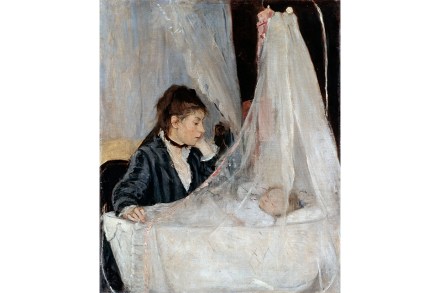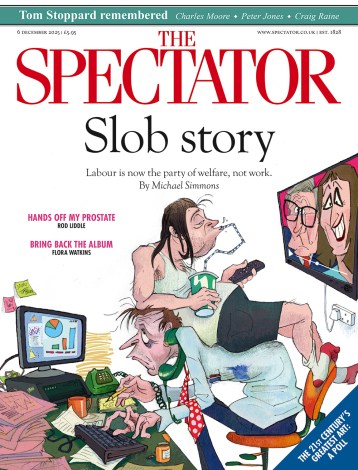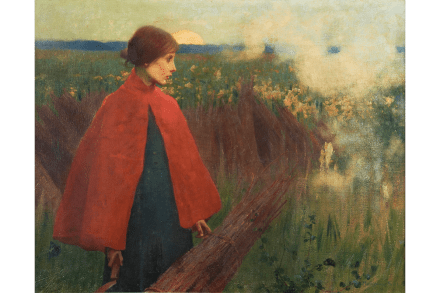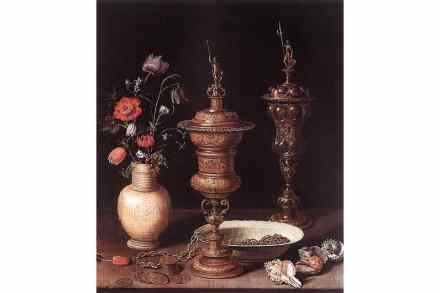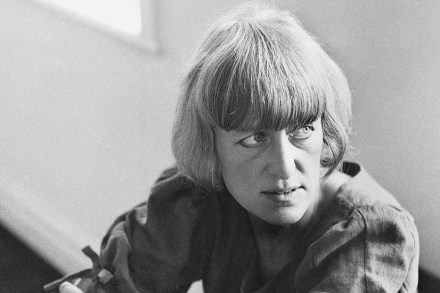Portrait of the artist and mother
On reaching the end of Hettie Judah’s Acts of Creation, I felt somewhat overwhelmed. At 272 pages, the book isn’t particularly large, but the time span it covers, from prehistoric goddess figures to Laure Prouvost’s 2021 cyborg-octopus installation ‘MOOTHERR’, is enormous. The trajectories, practices and obsessions of the artists discussed range far and wide. Written to coincide with a touring exhibition of the same name, this ambitious book is more of a survey – a highly illustrated, annotated and well-researched one – than a traditional narrative. Judah’s energetic text displays the hunger of someone after a fast who can’t decide where to start at the buffet. This ravenousness goes somewhere
